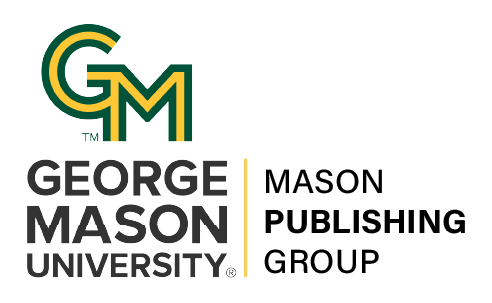Access and Equity through Technology in the Online Classroom
DOI:
https://doi.org/10.13021/G8itlcp.4.2012.2022Keywords:
teaching online, digital pedagogy, digital tools, simulations,Abstract
As higher education institutions continue to expand their distance education (DE) offerings and address the advancing technological demands of the online classroom, they are experiencing significant challenges in ensuring equivalent access to students and faculty with disabilities. For individuals with disabilities, DE courses provide significant advantages that may not otherwise be available in the face-to-face classroom. The flexibility of studying according to oneââ¬â¢s own schedule, limiting travel to another physical location, and controlling the type of interaction that one has with his or her instructor and classmates are motivations for any student to participate in an online class. However, in many cases, these kinds of accommodations are essential for increasing opportunities for students with mobility impairments and learning/cognitive impairments to have a postsecondary education. To ensure equivalent access for students with disabilities, it is imperative that DE faculty make their online courses accessible. DE instructors use popular DE tools such as Blackboard, MS PowerPoint, and YouTube for the delivery of course content. However, these tools can pose significant barriers to course content for individuals with disabilities if not used properly. Through guided disability simulations, this session will seek to provide DE faculty with the support and skills they need to make their online courses accessible. From a disabled studentââ¬â¢s perspective, faculty will experience course content that is not accessible to them, learn how it denies access to some learners, and then learn how to fix it. Additionally, we will review synchronous and asynchronous learning tools, compare their advantages and disadvantages, breakdown the accessibility of these tools (or lack thereof), and identify the barriers that the different learning environments may present. At the end of this session, it is our hope that they will have a more in-depth understanding of what it means to make a course accessible.



